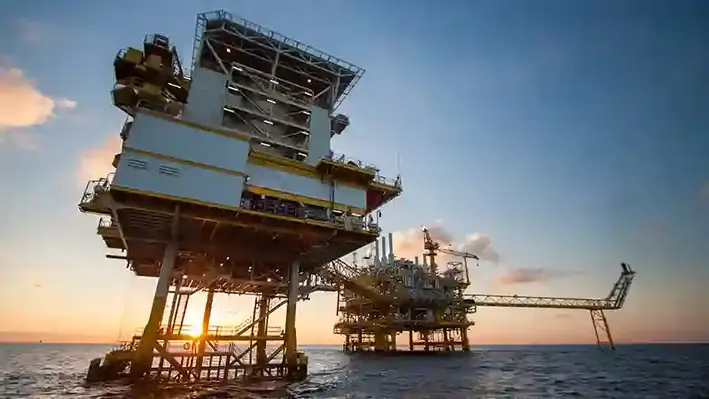
 As NuGulf is looking towards major decommissioning operations, a Bureau of Safety and Environmental Enforcement-aligned Cased Hole Well Control Manual for Decommissioning Activity that is dedicated to the nearshore Gulf of America has been released.
As NuGulf is looking towards major decommissioning operations, a Bureau of Safety and Environmental Enforcement-aligned Cased Hole Well Control Manual for Decommissioning Activity that is dedicated to the nearshore Gulf of America has been released.
The document focuses on decommissioning where the well is made safer, especially during the operation. The initial process involves establishing plug and cement barriers to isolate all hydrocarbon hazards. Once this step is achieved, well changes are determined by 'class' from pressure for flow potential to no pressure and no potential to flow. Equipment rig up can change from pressure tested PCE to 'open hole' operations to cut and pull tubing and casing.
This document comes after a tried and tested onshore Cased Hole Well Control Manual that ensured consistency in operations and both well site supervisors and contractors understand what is required for any cased hole operation.
A United States-based operator, NuGulf works to eliminate the global Asset Retirement Obligation (ARO) through the careful decommissioning, plugging and abandoning, and environmental cleanup of wells and field infrastructure. Their approach involves innovative solutions to efficiently deliver some of the most challenging decommissioning, well intervention and hurricane recovery projects.
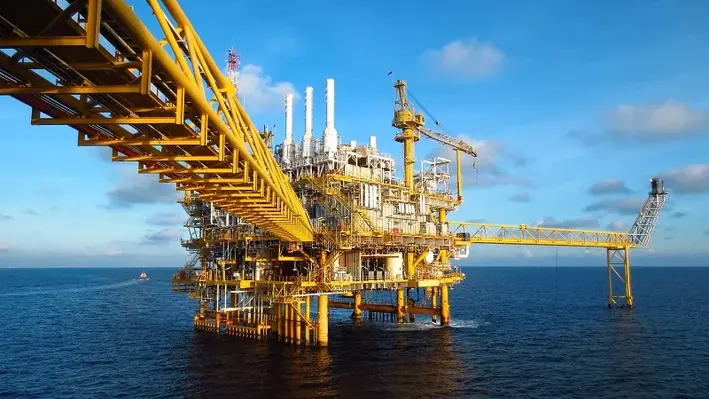
 Shell Offshore has taken a final investment decision on a waterflood project at the Kaikias field in the Gulf of America to aid in boosting production.
Shell Offshore has taken a final investment decision on a waterflood project at the Kaikias field in the Gulf of America to aid in boosting production.
Water will be injected to displace additional oil in the reservoir formation which supplies production to Shell’s Ursa platform in the Mars Corridor.
The method acts as a secondary recovery where the injected water physically sweeps the displaced oil into adjacent production wells, while re-pressurising the reservoir. First injection is penned for 2028 and is anticipated to extend the production lifecycle of Ursa by several years.
Peter Costella, Shell’s Upstream President, said, “Following our decision to increase our stake in Ursa earlier this year, this additional investment continues to maximise the value of the asset. It also contributes to our aim of maximising high-margin production and longevity in a core basin to maintain liquids production.”
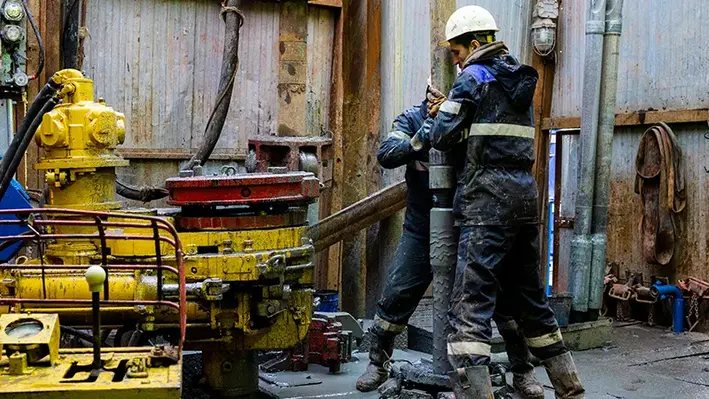
 Pantheon Resources has been conducting well clean-up operations on the Dubhe-1 well with an aim to determine a representative oil flow rate.
Pantheon Resources has been conducting well clean-up operations on the Dubhe-1 well with an aim to determine a representative oil flow rate.
The clean up profile might need alteration to suit the well's multiple fracked stages, each differing from the previous single zone completion and requiring clean up at different points in time.
While the company's budget for well completion was set at approximately US$15mn, well planning and data gathering led to modified final costs. As clean-up continues alongside flow-back and well testing activities, these costs will be determined at the end of the programme.
Production from the Dubhe-1 well is dominated by previously injected stimulation fluids. After intermittent production, consistent small oil volumes have been visible, with boosted gas production throughout the period. Till now, approximately 40% of the injected water volume has been produced with steady gas production along with the modest production of light oil. The company's closest analog to this well is the SMD-B interval in Alkaid-2 which was flow tested in 2023 and first measured oil production when a water volume equivalent to approximately 50% of the injected water volume had been produced.
The company recorded approximately US$33mn in drilling and completion costs, a marked increase over the original budget, as it had to drill a pilot hole to allow core samples to be collected, to better refine the target landing zone and to penetrate the deeper Slope Fan System (SFS) as well as the shallower SMD-C reservoir target.
Overall, this cost outcome, inclusive of full appraisal scope, contingency measures (e.g. standby drilling rig and coil tubing unit based on the experience at Alkaid-2), and inflationary pressures, does not detract from a solid operating performance. In addition, the construction of the new Dubhe pad, which will also be available for the drilling of future wells, cost $2.5 million. Clean-up, flow-back and well testing operational costs will be determined at the end of the programme.
Max Easley, Chief Executive Officer, said, "I continue to be pleased with the ongoing safe and efficient execution of our operations to date and look forward to sharing more about Dubhe-1 results when we have them."
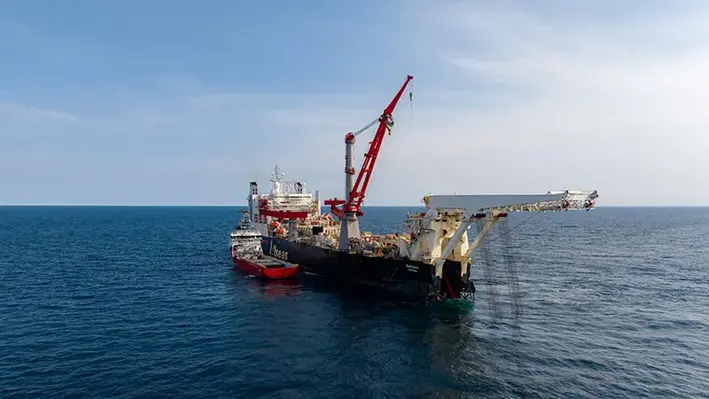
 Enbridge Offshore Facilities in the central Gulf of America will be equipped with a major new deepwater crude oil and natural gas export systems by Allseas.
Enbridge Offshore Facilities in the central Gulf of America will be equipped with a major new deepwater crude oil and natural gas export systems by Allseas.
This export system will be backed by critical subsea infrastructure for transport expansion capacity and future energy production.
Midstream operator, Enbridge, has chosen Allseas' services for the transport and installation of four export pipelines, totalling more than 515 kms, to transport oil and gas from upcoming deepwater developments to existing offshore hubs for onward delivery to market. About 321 kms of 24-inch and 26-inch oil pipeline originating in the deepwater Keathley Canyon area of the Gulf of America will go till the Green Canyon 19 (GC19) platform. About 195 kms of 12-inch gas pipeline originating in the deepwater Keathley Canyon area of the Gulf of America connecting to Enbridge’s Magnolia Gas Gathering System (feeding its Garden Banks network).
Each pipeline will have a 3-km steel catenary riser (SCR) linking to floating production units. Installed in water depths up to 2000 m, the systems will feature multiple crossings, inline structures and termination assemblies to accommodate future tie-ins from nearby discoveries.
The oil export system will connect to the Rome Pipeline – onboard the GC19 platform – scheduled for installation by Allseas in 2028, while the gas gathering system will deliver into the Magnolia Gas Gathering System via the new Sparta Gas Pipeline owned by Enbridge’s joint venture with Shell Pipeline Company LP, which Allseas will install in 2026.
Allseas’ dynamically positioned pipelay vessel Solitaire will perform the offshore campaign between 2027 and 2028. The vessel will utilise her modified double-joint factory (DJF) – a key component of Allseas’ fast S-lay production capability – featuring fully automated welding and inspection systems to achieve precise, consistent and efficient pipelay in deepwater conditions.
Building on Allseas’ innovation in automation and digitalisation, the enhanced DJF integrates advanced pipe handling, tracking, welding and inspection processes to optimise production flow and ensure the highest weld quality standards.
By expanding Enbridge’s deepwater network, the new pipelines will provide essential export capacity to meet the Gulf’s growing production and transport demands.
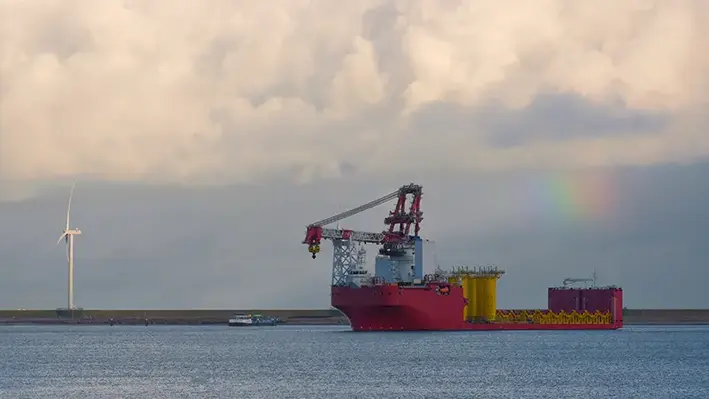
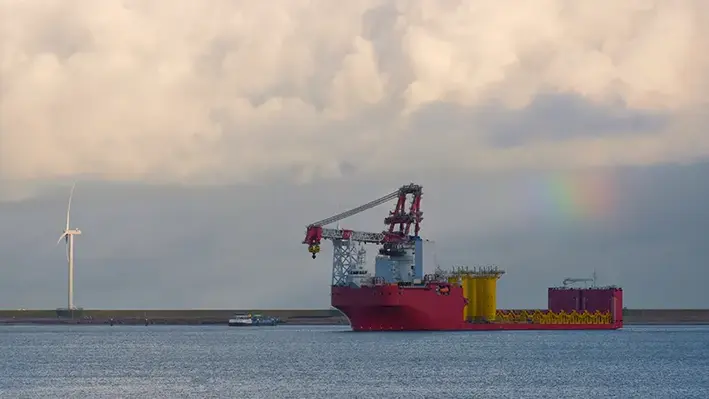 Global energy and marine consultancy ABL has entered a strategic partnership with Egypt’s Petroleum Marine Services (PMS) to launch a fully integrated rig-moving service tailored for offshore operations in the Red Sea and Gulf of Suez.
Global energy and marine consultancy ABL has entered a strategic partnership with Egypt’s Petroleum Marine Services (PMS) to launch a fully integrated rig-moving service tailored for offshore operations in the Red Sea and Gulf of Suez.
Supported by the Egyptian General Petroleum Corporation (EGPC), this collaboration marks a significant step forward in enhancing Egypt’s offshore logistical capabilities and overall operational performance.
The joint initiative has been developed in line with Egypt’s broader vision to streamline offshore activities, cut downtime, and strengthen the quality and reliability of marine and drilling logistics across two of the nation’s most active offshore basins. By combining the technical strengths of both organisations, the new service aims to raise industry standards while improving the continuity of drilling campaigns.
Under the unified service model, PMS and ABL will provide a centralised operations hub for the Red Sea, delivering comprehensive site surveys, technical assessments, and in-depth risk analysis. The framework also incorporates advanced weather impact modelling to support safer scheduling, along with high-capacity towing assets and ASD vessels offering up to 126-tonne bollard pull. Additional capabilities, including seabed survey equipment and ROV support, are designed to reinforce operational precision and reduce unexpected delays. A standardised workflow has also been introduced to further cut costs and maintain drilling consistency across the Gulf of Suez.
As the technical and engineering partner, ABL contributes its extensive global experience, having executed more than 1,500 rig moves worldwide. Its methodologies, aligned with international best practice, will support the Egyptian offshore sector with marine warranty, engineering consultancy, and rig-move assurance services.
Amr Badway, PMS chairman and managing director said,“This service directly responds to the needs of production companies that seek a unified operational model that delivers efficiency, flexibility, and reliability, ultimately improving rig utilization and minimizing downtime.”
Captain Stephen Craig, ABL’s director for rig operations,added, “The dynamic marine environment in Egypt will definitely benefit from a unified operational framework. We will also ensure knowledge transfer to reinforce local capability and improve overall system reliability.”
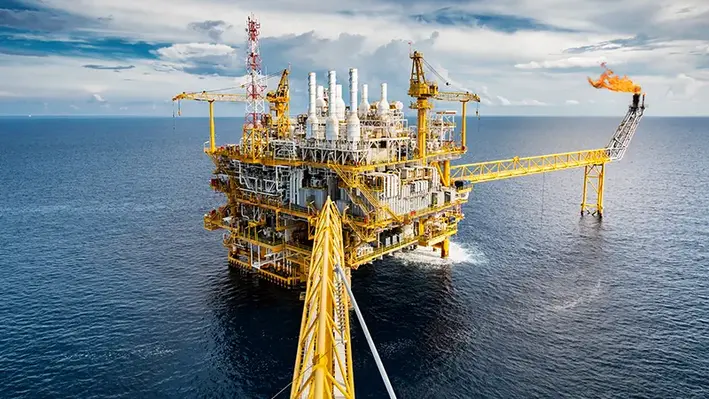
 The global iell Intervention market is experiencing strong momentum as oil and gas companies continue to optimize production, extend the lifecycle of mature wells, and improve operational reliability.
The global iell Intervention market is experiencing strong momentum as oil and gas companies continue to optimize production, extend the lifecycle of mature wells, and improve operational reliability.
According to Market Research Future (MRFR), rising energy security concerns, increasing exploration of unconventional resources, and the demand for cost-effective field development strategies are making well intervention technologies indispensable across both onshore and offshore assets. These interventions, ranging from wireline and coiled tubing operations to stimulation and remedial services, enable operators to maintain, enhance, and restore well productivity while reducing downtime and operational costs.
“As easily accessible reservoirs decline, global oilfield infrastructure is aging rapidly. Mature fields require continuous intervention activities, such as workovers, stimulation, and mechanical repairs, to maintain optimal production,” MRFR notes, highlighting that mature oilfields are a key driver for well intervention services. In addition, unconventional resources such as shale, tight reservoirs, and coal bed methane fields require frequent interventions due to complex geology and high decline rates. Growing investments in unconventional drilling, especially in North America and Asia-Pacific, are further boosting the adoption of advanced intervention tools and techniques.
Offshore production expansion is another key factor supporting the market. Deepwater and ultra-deepwater developments, coupled with harsh environmental conditions and complex operations, require periodic well interventions. Companies are increasingly focusing on production optimization and cost efficiency through digital optimization, predictive maintenance, and cost-effective well management strategies. Light Well Intervention (LWI) is gaining traction, particularly in offshore assets, as it significantly reduces operational costs compared to traditional rig-based methods. Government investments in energy security are also encouraging continuous well maintenance programs, especially among national oil companies in the Middle East and Asia.
Technological innovation is reshaping the Well Intervention Market. Digital monitoring, real-time analytics, robotics, autonomous systems, advanced coiled tubing, modern wireline and slickline solutions, subsea intervention systems, and improved well integrity technologies are enhancing efficiency, safety, and operational performance.
North America remains the largest market for well intervention services, driven by extensive shale production, high well counts, and continuous drilling and completion activities. The United States leads in coiled tubing and wireline services due to rapid development of unconventional assets such as the Permian Basin, Bakken, and Eagle Ford. Mature Gulf of Mexico fields also contribute significantly to offshore intervention demand.
The Well Intervention Market is projected to reach US$12.93 bn by 2035, growing at a CAGR of 5.32%, reinforcing its critical role in maintaining production, enhancing efficiency, and supporting cost-effective oil and gas operations worldwide.
To read the full report, visit here
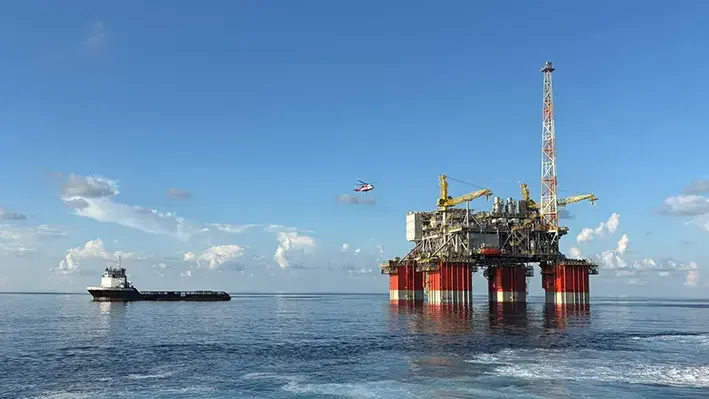
 The refurbished Salamanca floating production unit in the Gulf of America has been successfully generating around 66,000 barrels of oil equivalent per day under strong and rigorous regulatory and safety reviews by the Bureau of Safety and Environmental Enforcement.
The refurbished Salamanca floating production unit in the Gulf of America has been successfully generating around 66,000 barrels of oil equivalent per day under strong and rigorous regulatory and safety reviews by the Bureau of Safety and Environmental Enforcement.
In a first, the Salamanca hub in Keathley Canyon, operated by LLOG Exploration, was refurbished to reuse a decommissioned floating production unit in the Gulf. The transformation of a retired facility into a modern oil hub reflected an innovative push that ruled out time and cost constraints in building a platform from scratch. Besides, it also made a huge difference in reducing emissions, which is an otherwise unavoidable part of bringing a new facility online.
“These developments underscore the success of American Energy Dominance policies in not only expanding domestic energy supplies and creating jobs but also in boosting the economy and reducing reliance on foreign oil – all while maintaining the highest safety and environmental standards,” said Assistant Secretary for Land and Minerals Management, Leslie Beyer, while mentioning the Salamanca floating production unit innovation as part of “Unleashing American Energy” agenda.
While the Bureau recognised the novelty of the Salamanca hub, it made sure the project met all regulatory and safety standards in adding new barrels to US oil production.
“We're seeing the payoff of a bold offshore energy blueprint,” said Beyer. “From cutting-edge deepwater platforms to creative reuse of existing units, industry is answering the call to maximise domestic oil production. Under President Trump's leadership, the Gulf is again proving itself as a cornerstone of American energy security, ensuring a stable and reliable energy supply.”
The hull refurbishment for the Salamanca platform was completed at Seatrium in Brownsville, before the new topside equipment and deck was connected to the hull for the final outfitting of the FPU.
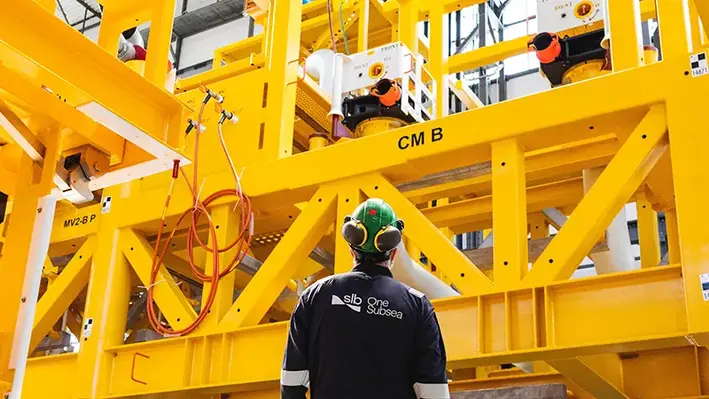
 The Tiber project in the United States deepwaters will be supported by a subsea boosting system from SLB's OneSubsea in terms with a engineering, procurement and construction (EPC) contract from bp.
The Tiber project in the United States deepwaters will be supported by a subsea boosting system from SLB's OneSubsea in terms with a engineering, procurement and construction (EPC) contract from bp.
The Tiber project is a greenfield development by bp, which is being advanced alsongside bp's Kaskida initiative. Both projects — which target prolific Paleogene reserves — leverage the same supplier-led, standardised high-pressure subsea pump system solution.
“We look forward to helping bp realise even more value from their Paleogene developments,” said Mads Hjelmeland, CEO at SLB OneSubsea. “We are seeing more and more operators adopt subsea boosting strategies that free up topside space and reduce power requirements.”
bp has also booked Seatrium for the development of the Tiber FPU with engineering, procurement, construction and onshore commissioning services. With a capacity of 80000 bopd, the Tiber FPU will produce from the Tiber and Guadalupe fields in the Gulf of America.
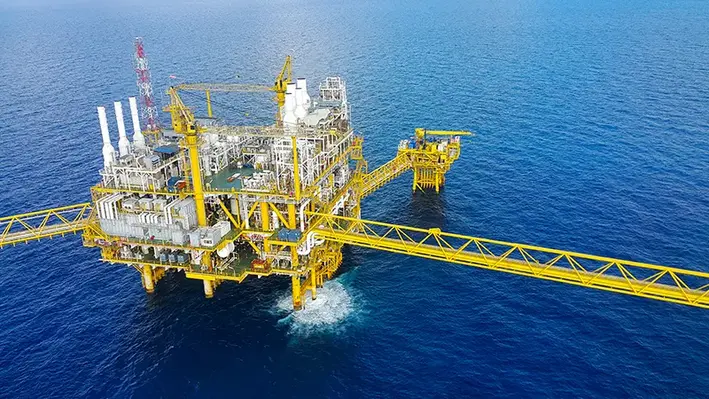
 Talos Energy Inc reported strong operational and financial results for Q3 2025, reflecting disciplined capital management, production growth, and shareholder returns.
Talos Energy Inc reported strong operational and financial results for Q3 2025, reflecting disciplined capital management, production growth, and shareholder returns.
The company produced 95.2 thousand barrels of oil equivalent per day, with 70% from oil and 76% liquids, generating US$103.4 million in adjusted free cash flow.
Talos returned over US$100 million to shareholders in 2025 through share repurchases and continued progress on its Optimal Performance Plan, exceeding the year-end target of US$25 million by realising over US$40 million in cash flow enhancements.
Full-year guidance was improved due to higher production, lower operating expenses, and reduced capital expenditures, while the balance sheet remains strong with US$332.7 million in cash and low net debt.
Operationally, Talos continues to expand its deepwater portfolio in North America. Notably, the Daenerys exploration prospect on Walker Ridge blocks 106, 107, 150, and 151 delivered a successful discovery in sub-salt Miocene sands, with an appraisal well planned for Q2 2026.
The Monument discovery in Walker Ridge blocks 271, 272, 315, and 316 is set for development as a subsea tie-back to the Shenandoah facility, with the first well expected to spud in early 2026 and production targeted later in the year. Talos’s disciplined drilling and exploration strategy in North America, combined with operational efficiency and capital discipline, positions the company to enhance production, advance resource delineation, and sustain long-term growth.
To read more about talco's performance visit here
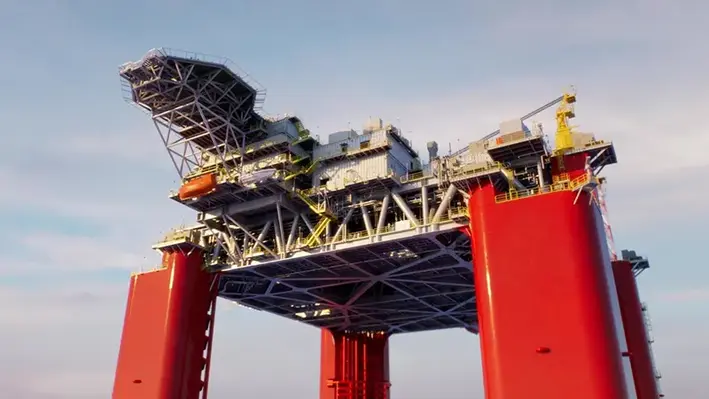
 Another significant deepwater project following the Kaskida floating production unit for bp, Seatrium Limited has now landed a contract from the major for the engineering, procurement, construction and onshore commissioning of the Tiber FPU as well in the Gulf of America.
Another significant deepwater project following the Kaskida floating production unit for bp, Seatrium Limited has now landed a contract from the major for the engineering, procurement, construction and onshore commissioning of the Tiber FPU as well in the Gulf of America.
William Gu, Executive Vice President of Seatrium Energy (International), said, “The Tiber FPU award marks a significant milestone in our relationship with bp and underscores the strength of our series-build approach for the Gulf of America production units. It also highlights Seatrium’s expanding foothold in the FPU segment, delivering exceptional quality and efficiency with uncompromising safety through maximum on-ground completion and single-lift capability. Drawing on lessons learned from our growing portfolio of FPU projects, we will continue to translate experience into execution excellence. Our commitment remains steadfast in supporting bp’s offshore developments.”
The Tiber FPU will have a production capacity of 80,000 barrels of crude oil per day and incorporate advanced technologies to enhance operational efficiency and safety. It will produce from the Tiber and Guadalupe fields in the Keathley Canyon area of the Gulf of America, about 300 miles southwest of New Orleans, in water depths of around 4,100 ft.
The design of the Tiber FPU will largely follow that of Kaskida FPU, backed by Seatrium's well-established expertise in designing from the last project. The company has chosen this strategy to leverage key engineering and commissioning support partners, as well as trusted equipment suppliers, ensuring consistent and streamlined execution to get the ball rolling for the large-scale offshore project.
The topside for the Tiber FPU will be installed onto the hull using Seatrium’s single-lift integration methodology, enabled by its Goliath twin cranes with a combined lifting capacity of 30,000 tonnes. This approach allows the topside to be fully completed and tested at ground level, maximising readiness, safety and efficiency.
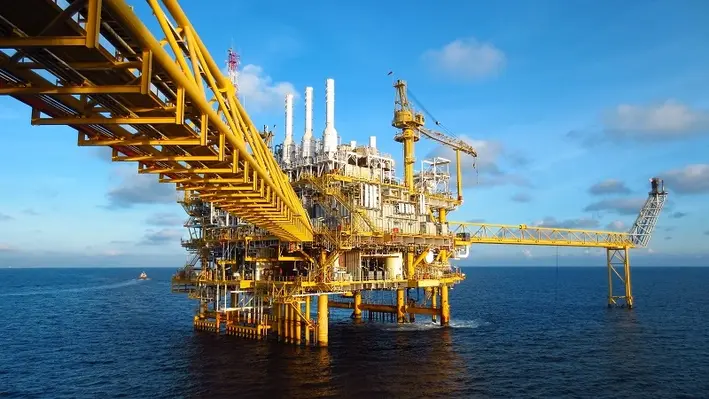
 Promethean has announced its Q4 Gulf of Mexico mobilisation, marking the beginning of a new operational phase dedicated to safe and complaint decommissioning.
Promethean has announced its Q4 Gulf of Mexico mobilisation, marking the beginning of a new operational phase dedicated to safe and complaint decommissioning.
Committed to operational excellence and continuous improvement, Promethean has embedded integrated data management and innovative technologies into its work processes after recognising that a significant number of safety incidents go unnoticed until they result in workplace incidents.
To address this critical gap, Promethean has partnered with Detect Technologies to implement an innovative visual AI monitoring system, T-Pulse, on decommissioning projects. The technology enhances HSER practices by integrating visual data sources, including fixed cameras and robotic systems to analyse imagery and extract actionable insights on safety compliance and risk mitigation.
Danny Turner, SVP Projects, said, “The meticulous planning over the last three months reflects Promethean Energy’s steadfast commitment to doing decommissioning the right way, with safety, environmental stewardship, a technical excellence, and cost efficiency at the forefront. Our structured approach ensures that every stage, from platform preparation to post-plugging verification, delivers long-term integrity and measurable value to our stakeholders.”
The scope of work is organised under five key operational phases:
This milestone underscores the operator’s continued leadership in delivering efficient and technically robust decommissioning programmes across the Gulf.
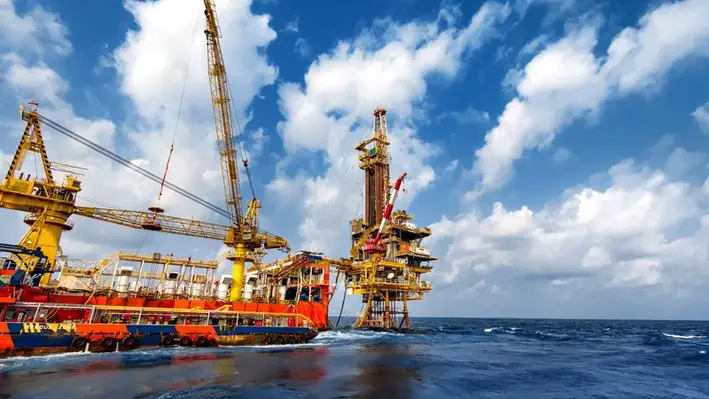
 Two substantial platforms in the Gulf of America were subjected to comprehensive full-cycle offshore decommissioning campaigns by MC Offshore Petroleum, which also advanced environmental stewardship.
Two substantial platforms in the Gulf of America were subjected to comprehensive full-cycle offshore decommissioning campaigns by MC Offshore Petroleum, which also advanced environmental stewardship.
A multi-asset operation, the campaign involved the retirement of the Jolliet Tension Leg Well Platform (TLWP) in Green Canyon Block 184 and the fixed production infrastructure at Marquette comprising a production platform, GC52A, and a processing platform, GC52CPP, in Green Canyon Block 52. These will be further converted into an artificial reef in Green Canyon Block 52.
When installed as the first TLWP in the Gulf of America, Jolliet came to be known as the world's deepest floating production unit at the time of installation. The current campaign honours the platform's legacy while establishing a model for the next generation of offshore decommissioning excellence.
Right from the planning stage in 2022, MCOP has followed a strategy to execute the removals ahead of the peak months of hurricane season. The final decision to begin decommissioning operation was made in the first quarter of 2024. Decommissioning operations, along with the plug and abandonment of all wells on GC 52-A (Marquette) and GC 184 (Jolliet), were set to begin with an execution team in place by the second quarter of 2024.
With the well P&A work underway, pipeline abandonment operations begun as three pipelines were flushed and abandoned. The project team also abandoned another 24-mile pipeline belonging to a midstream operator that originated at GC52.
The decommissioning of the Jolliet TLWP and removal of GC52A and GCS2CPP was made possible with high-level engineering work. Disconnecting the TLWP tendons from the template, ballasting the JOLLIET TLWP during tendon removals and towing the platform to Port Aransas were backed by extensive planning.
Page 1 of 22
Copyright © 2025 Offshore Network